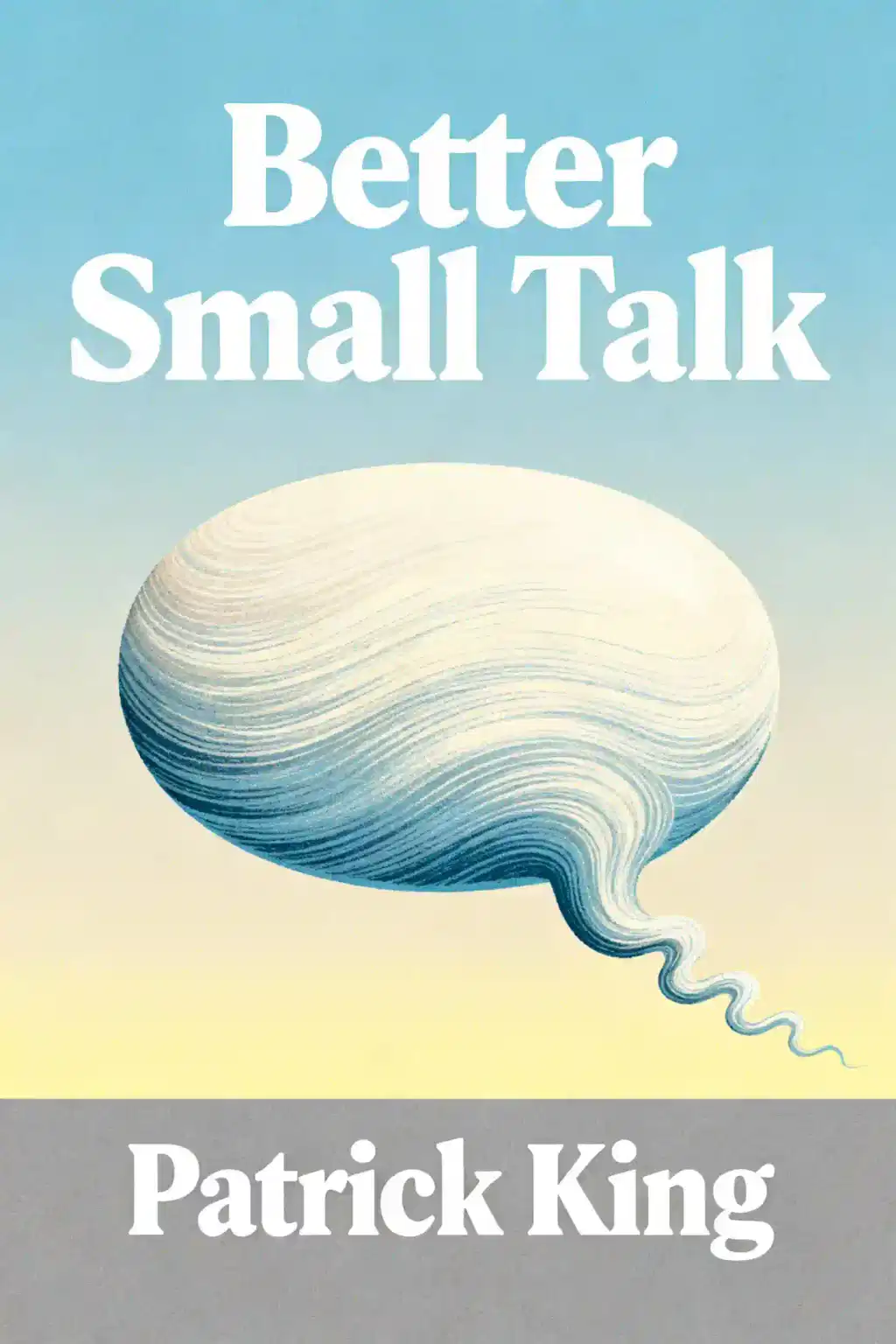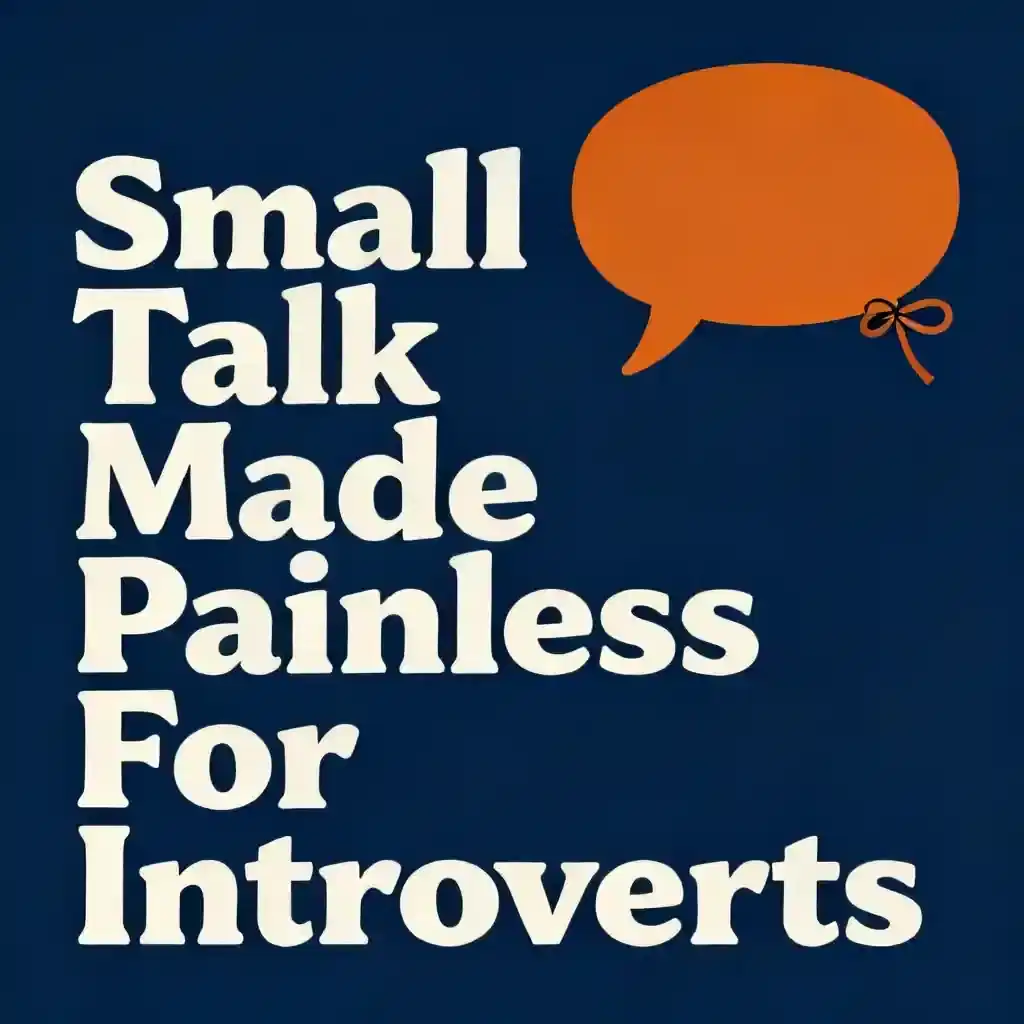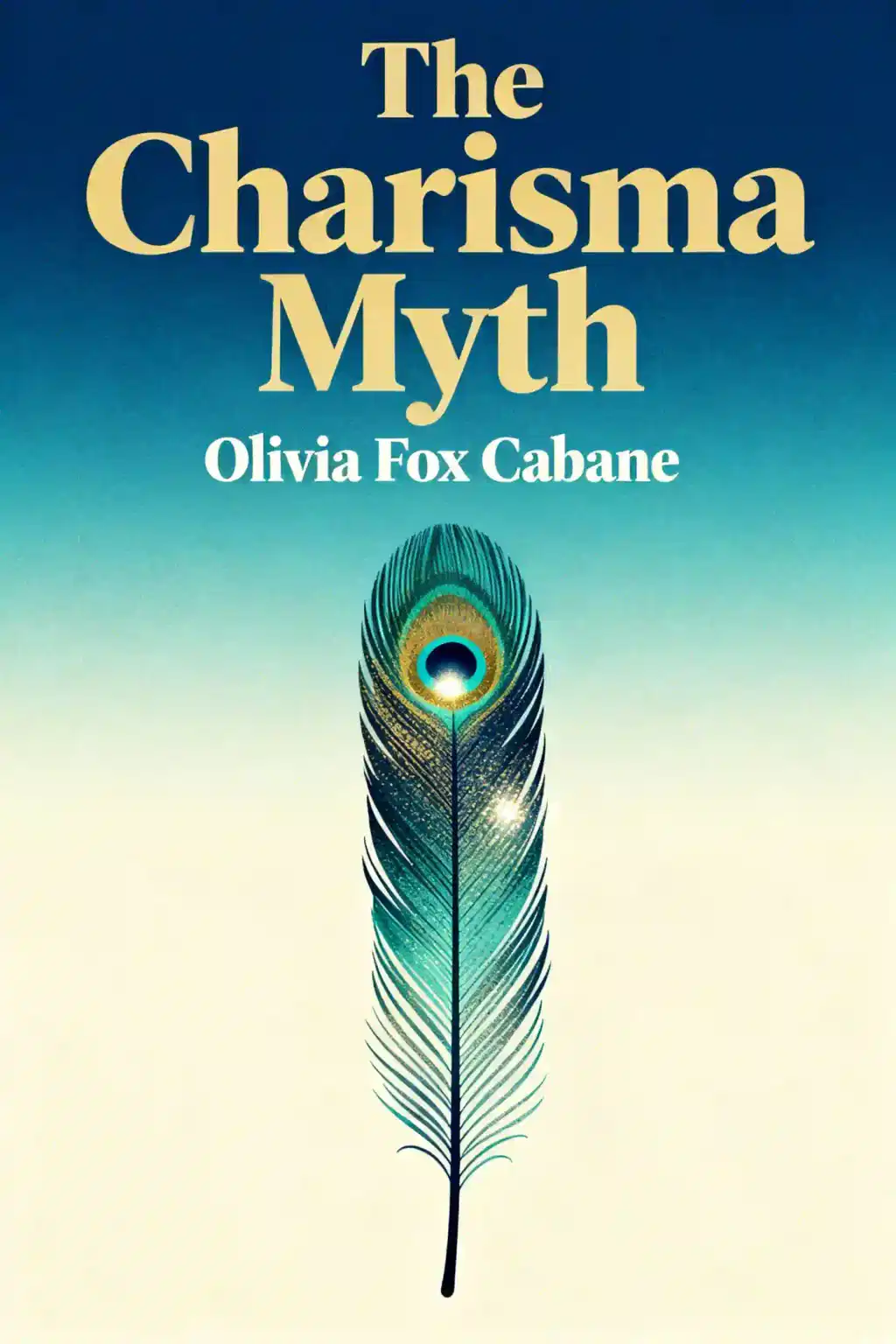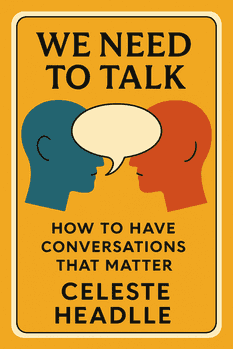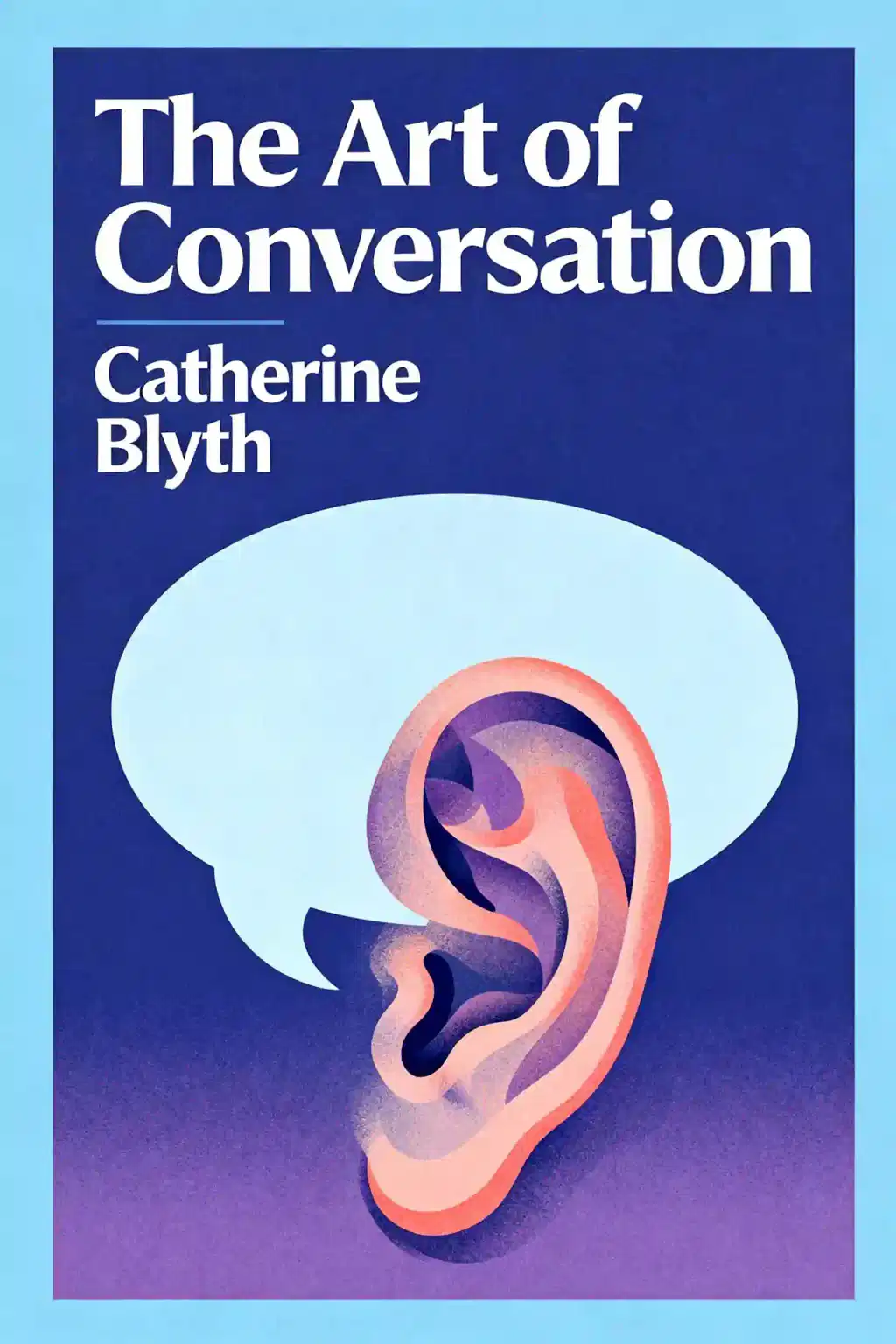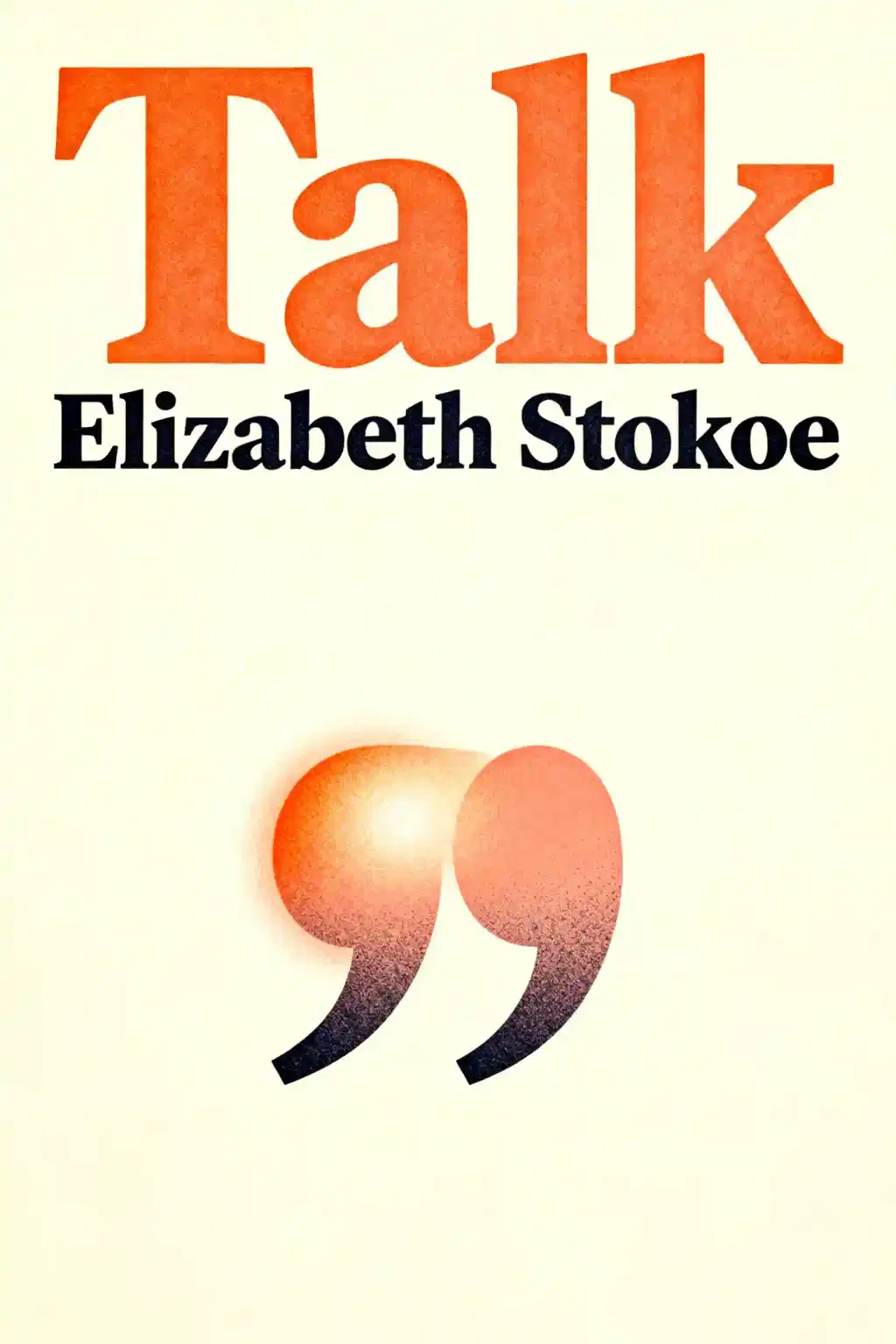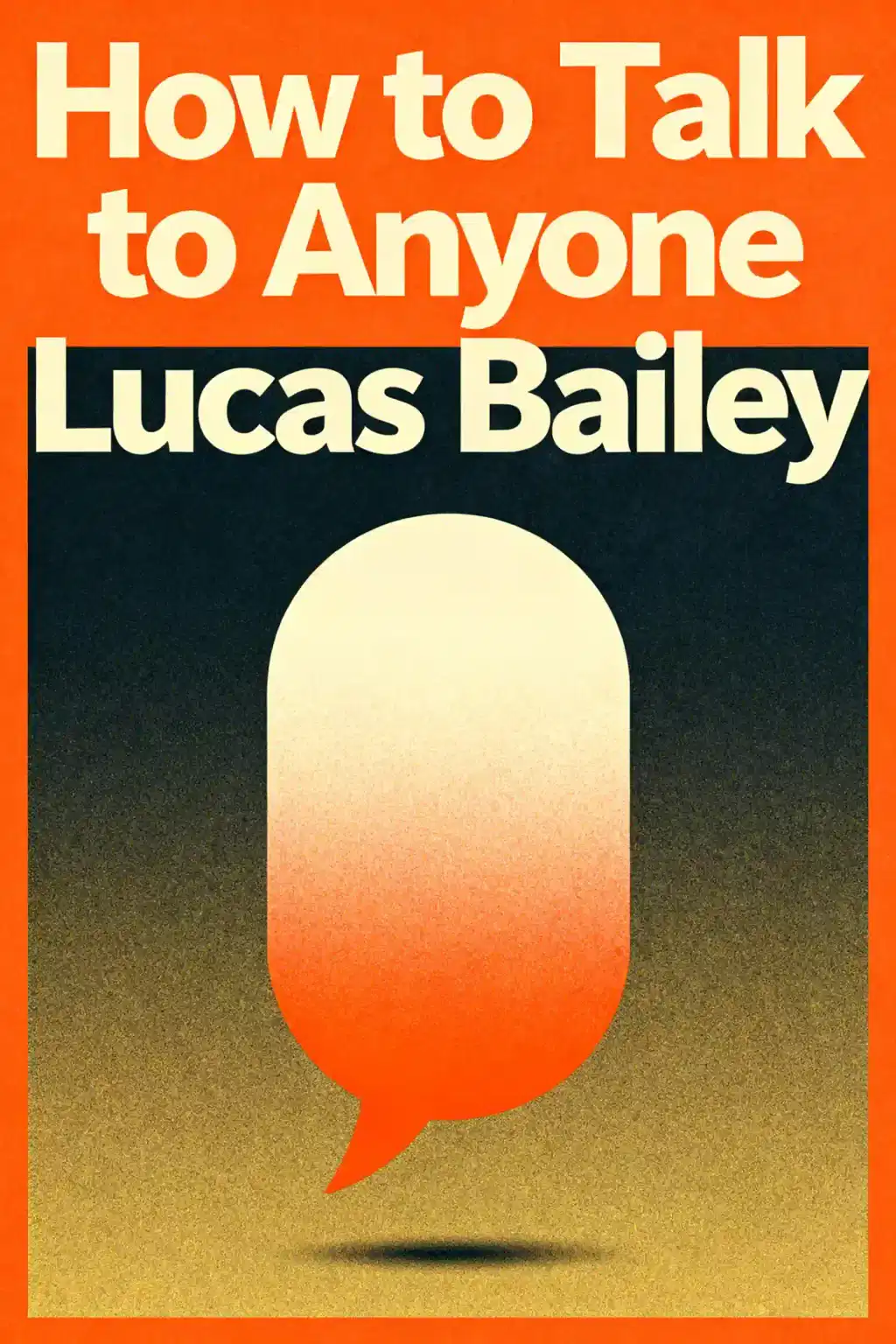What is
Better Small Talk by Patrick King about?
Better Small Talk by Patrick King provides actionable strategies to transform superficial conversations into meaningful connections. It teaches techniques like threading (expanding on keywords), storytelling, and structured frameworks (HPM, SBR, EDR) to navigate small talk effectively. The book emphasizes curiosity, emotional engagement, and transitioning dialogues to deeper topics while maintaining rapport.
Who should read
Better Small Talk?
This book suits professionals, introverts, or anyone seeking to improve networking, dating, or social interactions. It’s ideal for those who struggle with awkward silences, want to build friendships, or enhance career communication skills. Patrick King’s advice caters to readers valuing practicality over theoretical approaches.
Is
Better Small Talk worth reading?
Yes, for its concise, step-by-step methods to master conversation dynamics. Readers gain tools like the 1:1:1 anecdote formula (one sentence, one emotion, one question) and strategies to avoid shallow exchanges. King’s focus on real-world application makes it valuable for personal and professional growth.
What are key small talk techniques in
Better Small Talk?
- Threading: Extend conversations by exploring keywords mentioned by others.
- HPM Method: Share personal history, opinions, or metaphors on topics.
- EDR Framework: Engage (ask), Dig deeper (follow-up), Relate (share parallels).
These tools help maintain flow and transition to substantive discussions.
How does
Better Small Talk recommend deepening conversations?
King advises using open-ended questions, vulnerable storytelling, and observing emotional cues to shift topics. For example, asking “What inspired you to pursue that?” instead of generic queries. The book stresses active listening and leveraging mutual interests to create authentic connections.
What is the
1:1:1 method in
Better Small Talk?
This technique structures anecdotes into: 1 sentence summarizing the story, 1 emotion evoked, and 1 question to involve the listener. Example: “I backpacked solo last year—it was liberating! Have you ever taken a spontaneous trip?” It balances sharing with inviting participation.
How does
Better Small Talk compare to other communication books?
Unlike theoretical guides, King’s book offers tactical frameworks (HPM, EDR) and psychology-driven strategies for immediate use. It focuses on small talk as a gateway to deeper bonds, whereas others may prioritize public speaking or negotiation skills.
Can
Better Small Talk help with professional networking?
Yes. The book’s SBR framework (situation-behavior-result) helps craft impactful stories for interviews or meetings. Techniques like redirecting bland questions (“How’s work?” → “What’s exciting you lately?”) foster memorable professional interactions.
What quotes from
Better Small Talk are highlighted?
- “Small talk is the appetizer to meaningful conversation.”
- “Every keyword is an invitation to explore.”
- “Curiosity is the antidote to awkwardness.”
These emphasize proactive engagement and reframing small talk as an opportunity.
Why is
Better Small Talk relevant in 2025?
As digital interactions grow, King’s emphasis on genuine connection remains critical. The book’s focus on empathy, adaptability, and reducing social anxiety aligns with trends toward mindful communication in remote/hybrid environments.
What are Patrick King’s credentials for writing
Better Small Talk?
Patrick King is a bestselling communication coach with over 25 self-published books. A former lawyer, he combines psychological insights with practical frameworks, honed through 10+ years coaching clients on social dynamics. His expertise spans dating, networking, and emotional intelligence.
